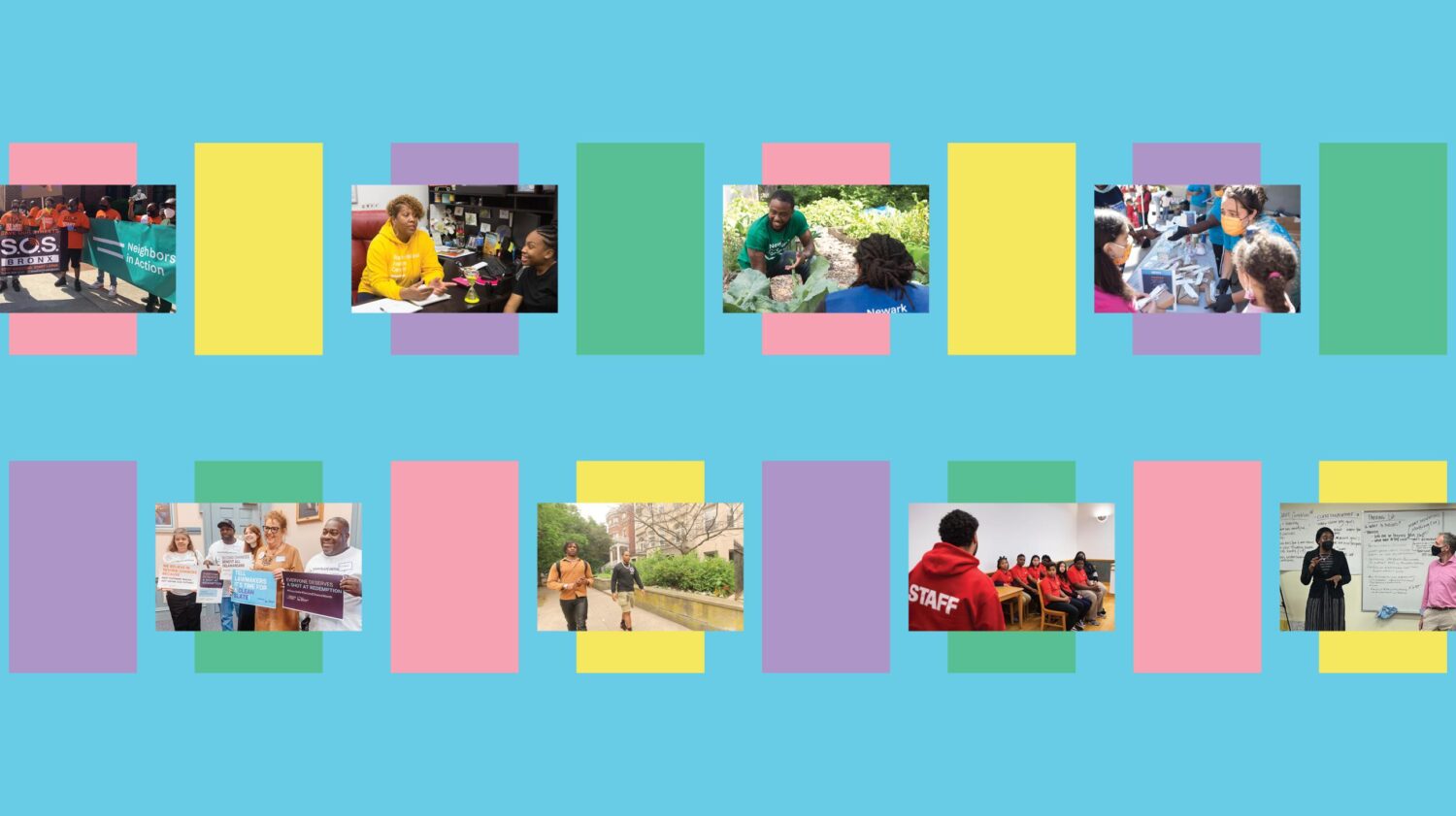In Partnership with the Embassy of Switzerland in the United States of America
Introduction from the Center for Justice Innovation
With the United States incarcerating more people than any other country in the world, there is a growing demand for less costly and more humane strategies to respond to crime and keep communities safe. Building an equitable and effective justice system—one that treats individuals who come into contact with it with dignity and compassion while still holding those who cause harm accountable—depends on the ability of leaders across all levels of government and the community to look to the rich offering of criminal justice reforms that are already making this goal a reality. This brochure, created in partnership by the Embassy of Switzerland in the United States of America and the Center for Justice Innovation, provides an overview of criminal justice reform in the United States, walking through the broad continuum of public safety and criminal justice from crime prevention at the community level to corrections and reentry. At each point along this continuum, the reader will be introduced to key challenges, opportunities for positive intervention, and existing examples of successful reforms. Policymakers, civic leaders, and other engaged members of the general public may look to this brochure as a resource to orient themselves in a policy area that is as pressing as it is complex.
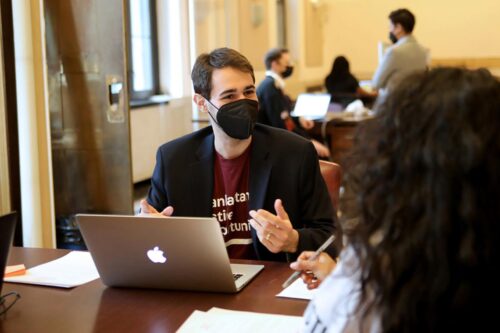
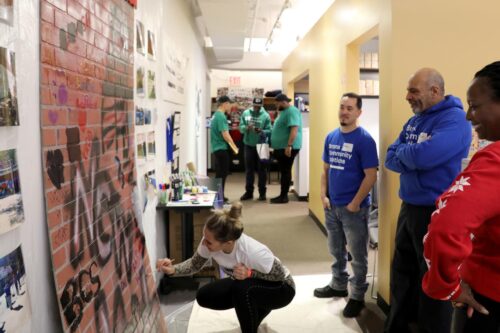
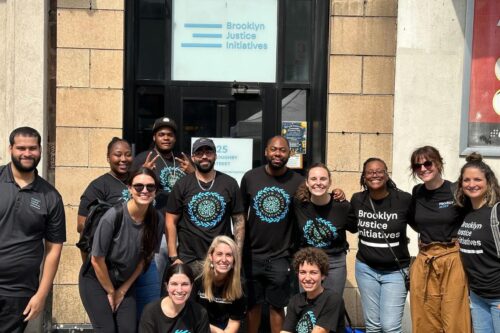
Introduction from the Ambassador of Switzerland to the United States

In the concept of criminal justice, the word “justice” has a dual meaning. On the one hand, it designates the application of laws by state institutions, such as the police, courts, or prisons. On a more philosophical level, it also designates the principle according to which individuals are to be treated fairly and equitably.
In Switzerland, the criminal justice system aims at an ideal: resocialization. Of the 6,500 prisoners currently incarcerated in Swiss prisons (out of a population of 8.7 million), 99% will eventually be released and reintegrated into society. I know from personal experience that the system can work: a childhood friend of mine committed a terrible error of judgment in his youth. He shot a policeman and spent time in prison for his crime. After serving his sentence, he got out and has now become a contributing member of society. My friend and his story made me a strong believer in how an effective criminal justice system can offer the opportunity for redemption.
Of course, the Swiss system has its many challenges. Resocialization can fail, and recidivism remains an issue. Continuous reforms are needed to improve and adapt the system. When working on criminal justice reforms, the rights and interests of all stakeholders—victims, society, and (alleged) perpetrators—have to be taken into account. The human rights dimension in particular plays an important role in this process.
This challenge is not unique to Switzerland; it is one that the United States also faces. It is my hope that this overview will be a useful tool for relevant actors at the federal, state, and local levels in their own efforts to reform and improve the criminal justice system in the United States.
JACQUES PITTELOUD
Ambassador of Switzerland to the United States
Phase 1: Community-Led Crime Prevention and Early Interventions
Why start with prevention? Traditional responses to crime, like fines and incarceration, come into play after harm has already been done, while the long-term drivers of crime often escape the reach of the justice system. Community prevention aims to reduce the likelihood of crime by addressing the circumstances and needs that may lead up to it. These circumstances include economic and racial disparities (often due to systemic underinvestment in Black and Brown communities), difficulty accessing essential services, lack of support for families, inadequate housing, and more. Programs and interventions that take a proactive approach to preventing crime by resolving disputes and responding to widespread needs can help to foster long-term community safety.
Reforms
Brownsville Community Justice Center (Brooklyn, New York)
Founded by the Center for Justice Innovation in 2011, the Brownsville Community Justice Center develops resident-led strategies to advance safety, reduce violence, invest in youth, and promote economic vitality. These efforts include placekeeping projects, in which teams of residents collaborate to transform neglected public spaces; internships and entrepreneurship opportunities for young people; and housing resource centers to help residents assert their rights to affordable, quality housing.
Cure Violence (nationwide)
First launched in Chicago in 2000, Cure Violence helps to operate community-driven violence prevention programs. Treating interpersonal violence as a public health issue, the Cure Violence model employs outreach workers to mediate conflicts that may lead to violence, convince at-risk individuals to refrain from violent behavior, and change group norms surrounding violence. Since its founding, the approach has been fruitfully implemented in cities and states across the United States and has even been adopted internationally.
Hospital-Based Violence Intervention Program (Newark, New Jersey)
In collaboration with the Newark Community Street Team, the Hospital-Based Violence Intervention Program offers crucial services to survivors of interpersonal violence in Newark’s University Hospital. The program aims to support those who have been impacted by violence and reduce the likelihood of future harm by providing access to physical and mental health care, legal assistance, and social services.
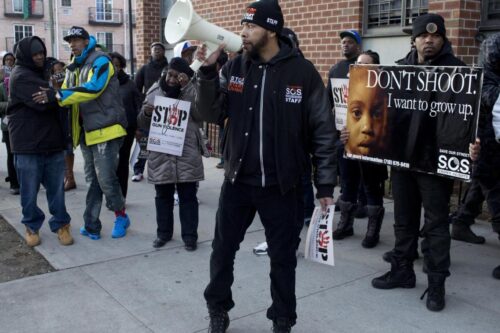
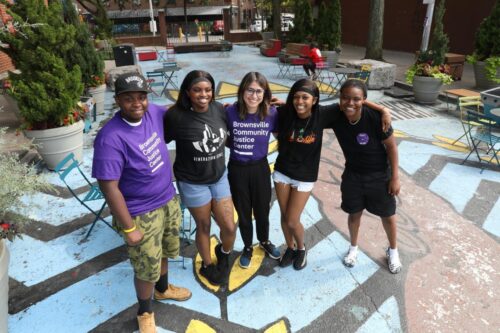
Phase 2: Police Encounters
There are nearly 18,000 police departments across the United States tasked with enforcing the law, investigating crimes, and responding to many kinds of emergencies. Police encounters can be considered the official entry point to the criminal justice system. While many interactions with police do not go beyond an encounter, others can result in detention or arrest. But interactions with police can also provide opportunities to prevent further contact with the justice system. Police-led diversion programs give people the chance to avoid the often life-altering consequences of an arrest and criminal record. These programs advise police officers not to arrest in situations where an alternative would be more appropriate, as when someone with a substance use disorder is found with an illegal substance. Instead, officers might refer the person to services that can help to address the underlying challenges they may face. Not only can police-led interventions help people to avoid many of the harmful consequences of involvement in the justice system, they can also serve as an early means of connecting people with much-needed social services and community-based resources.
Reforms
CAHOOTS (Eugene, Oregon)
CAHOOTS (Crisis Assistance Helping Out On The Streets) is a crisis intervention program that works with the Eugene Police Department to serve as first responders for many calls involving mental health emergencies, substance use challenges, and homelessness. First responders with the CAHOOTS program provide wellness checks, de-escalate conflicts without using force, and respond to incidents with a sensitivity to past trauma.
Plymouth County Outreach (Plymouth County, Massachusetts)
Plymouth County Outreach is a partnership between 27 county police departments and local community organizations to provide treatment and harm reduction resources to people struggling with substance use disorders. Launched in 2015 in response to a widespread overdose crisis, it offers compassionate support—from one-on-one peer guidance to overdose prevention kits—to reduce the harms of substance use without relying on incarceration.
Law Enforcement Assisted Diversion (Los Angeles, California)
The Law Enforcement Assisted Diversion (LEAD) program provides voluntary, community-based services to people with mental or behavioral health needs who are frequently in contact with the legal system. While LEAD is not exclusively operated by law enforcement, police officers can use their discretion through the program to refer people to resources in the community in lieu of arrest and prosecution.
Phase 3: Prosecution and Defense
A prosecutor’s role is to seek justice for criminal offenses and uphold the rights of those who have been harmed, while defense attorneys advocate for people who have been accused of a crime. While prosecutors and defense attorneys often carry out these responsibilities in trial, the vast majority of criminal cases are resolved through plea agreements, in which an individual accused of an offense agrees to plead guilty in the hopes of receiving a more favorable outcome. In an effort to better serve their communities and respond more productively to crime, many prosecutors and defense attorneys have embraced a problem-solving approach instead. Prosecutors can use their discretion to reduce the harms of incarceration, connect people to community-based services, and spark positive change in people’s lives. Defense attorneys, meanwhile, are often in an ideal position to identify the various challenges that may have precipitated an individual’s arrest, and to recommend services that address these factors.
Reforms
Neighborhood Justice Program (Los Angeles, California)
Operated through the Los Angeles City Attorney’s Office, the Neighborhood Justice Program offers people charged with criminal offenses the opportunity to resolve their case through direct communication with those who have been harmed and other members of the community. Led by prosecutors, who can use their discretion to refer individuals to the program, it takes a restorative justice approach as an alternative to traditional prosecution.
Pretrial Release Unit (San Francisco, California)
Part of the San Francisco Public Defender’s Office, the Pretrial Release Unit dispatches defense attorneys and an investigator to provide speedy legal counsel to indigent defendants shortly after being taken into custody. Within its first five months of operations, the unit freed up more than 4,600 jail beds, helping to reduce overcrowding in county jails and prevent disruptions to individuals’ housing and employment status caused by extended jail stays.5
Bond Data Dashboard (Fairfax County, Virginia)
The Bond Data Dashboard, an initiative of the Fairfax County Commonwealth’s Attorney’s Office, tracks the implementation of prosecutor-led reforms in the county in order to advance public safety, promote racial equity, and improve the fairness and transparency of the legal system. The Dashboard helps prosecutors to identify areas of opportunity for productive reforms that work to create lasting safety while reducing the harmful consequences of involvement in the criminal justice system.
For The People (nationwide)
For The People is a non-profit organization that works to ensure prosecutors have a legal basis to remedy unjust sentences and reunite incarcerated people with their families and communities. This work is made possible by Prosecutor-Initiated Resentencing laws that For The People has worked to pass in collaboration with legislators and stakeholders, giving prosecutors the ability to use their discretion to re-examine and rectify unjust sentencing decisions.
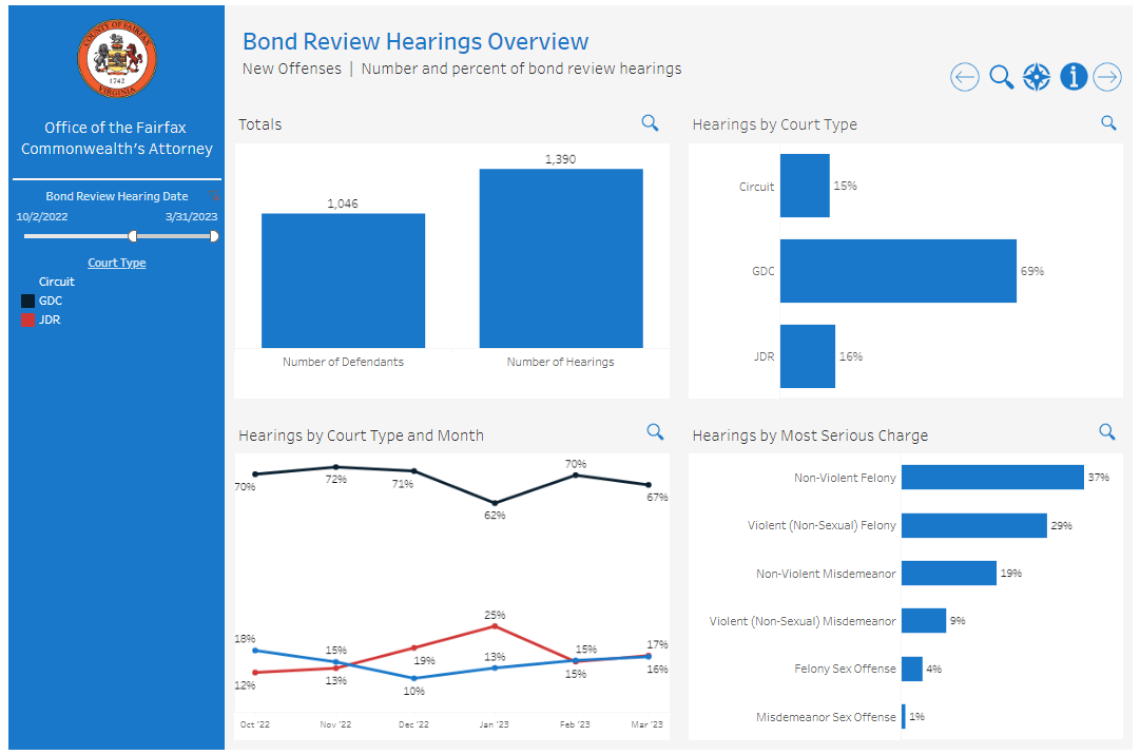
Phase 4: Courts
The way courts choose to handle a criminal case has important consequences for both the individuals involved and the community as a whole. Judicial officers decide whether—and under what conditions—someone who has been arrested may be released into the community while waiting for their case to be resolved, a decision that involves balancing the rights of the accused against potential risks to the community. The pretrial process can be a profound disruption in an individual’s life—with time in jail presenting a danger to physical and mental health, employment status, and housing access—but also a positive intervention point for connecting people to supportive social services. Sentencing—the legal consequence of being convicted of a crime—involves similar risks and opportunities. Alternative sentencing programs have the potential to reduce the long-term harms of crime and incarceration alike by placing people in contact with services for mental health needs, substance use disorder, housing and employment access, and more.
Reforms
Preventive Detention (Illinois, statewide)
In January 2021, the Illinois Legislature passed its Pretrial Fairness Act, abolishing money bond and limiting the use of pretrial detention to cases involving a concrete flight or safety risk. Among other measures, these comprehensive reforms prevent people from being held in jail simply because they cannot afford bail, make pretrial detention a last resort, and promote transparency in the legal system by ensuring that data related to pretrial decisions are made publicly available.
Tactics and Choices (DeKalb County, Georgia)
DeKalb County Magistrate Court partners with Men Stopping Violence to offer trauma-informed classes about violence against women, unhealthy relationship dynamics, and behavioral change to men who have been charged with offenses related to domestic violence. Instead of being incarcerated, some individuals charged with a relevant offense have the opportunity to attend the class, confronting the harm they have caused as a condition of their being released into the community before their case is resolved.
Rapid Diversion Program (Los Angeles, California)
With support from the MacArthur Safety & Justice Challenge, Los Angeles County offers people who have been arrested the opportunity to have their charges reduced or dismissed by completing community-based mental health treatment. By identifying people with mental health needs who might benefit from services in the community, the Rapid Diversion Program helps reduce the collateral consequences of legal system involvement—like loss of housing, jobs, or immigration status—while limiting the likelihood of future harm.
Red Hook Community Justice Center’s Peacemaking Program (Brooklyn, New York)
Since 2013, Red Hook Community Justice Center—a program of the Center for Justice Innovation—has brought a traditional Native American practice known as peacemaking to the court system in cases where there is potential for restorative mediation instead of traditional prosecution. With the agreement of judges, attorneys, victims, and the accused, the Peacemaking program facilitates healing and conflict resolution between those who have caused harm, those who have been harmed, and the community as a whole.
Phase 5: Corrections and Reentry
Someone who is incarcerated may either be held in jail or prison. While jails are usually run by local agencies and hold individuals awaiting trial or serving shorter sentences, prisons are typically operated on a state or federal level, and often hold individuals convicted of more serious crimes serving longer sentences. Reentry is the transition from life in jail or prison to life in the community. This transition is complex for most incarcerated people, as well as for their families and communities. People returning from jail or prison often face a variety of challenges: a lack of adequate education and job skills, limited housing options, struggles with mental health or substance use, and more. With hundreds of thousands of people released from prisons each year in the United States, addressing the needs of formerly incarcerated people as they return to their communities is critical in order to reduce the likelihood of recidivism and set people up for healthy, productive lives.
Reforms
North Dakota Prison Reform (North Dakota, statewide)
Taking inspiration from the Norwegian prison system, legislators and officials from North Dakota have transformed the state’s prisons to incorporate more positive programming, humane treatment, and opportunities for education and behavioral change. Rather than relying on punishment, these policies and programs work to reduce harmful behavior and set incarcerated people up for productive, healthy futures in their communities.
Muscogee Creek Reintegration Program (Okmulgee, Oklahoma)
The Muscogee Creek Reintegration Program offers reentry services to tribal citizens preparing to transition from life in jail or prison back to life in the community. Services offered to citizens of the Muscogee Nation returning from prison include assistance with securing basic needs, support with education and employment, and referrals to culturally sensitive mental health care providers.
The Jailhouse Lawyer Initiative (nationwide)
Founded by Jhody Polk, a formerly incarcerated legal advocate, the Jailhouse Lawyer Initiative provides support to incarcerated people who educate themselves in the law in order to advocate for themselves and others. By offering training sessions, fostering communication, and raising awareness, the Jailhouse Lawyer Initiative ensures incarcerated people have the tools they need to assert their rights inside and outside of prison.
The Clean Slate Initiative (nationwide)
The Clean Slate Initiative is a national non-profit organization that works to eliminate barriers to employment, housing, and reintegration into the community for formerly incarcerated people. By bringing together advocates, lawmakers, and people with first-hand experience, Clean Slate works to pass legislation at the state and federal levels that prevents people’s criminal records from depriving them of the rights and opportunities afforded to all citizens.
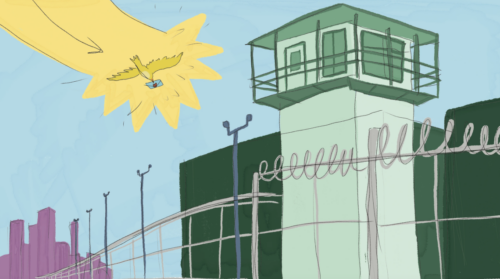
Credit: The Jailhouse Lawyer Initiative
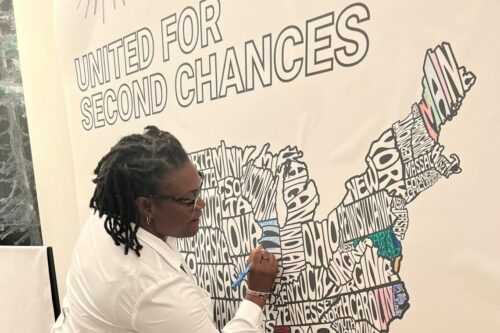
References
- “Our Impact,” Cure Violence Global, https://cvg.org/impact/.
- “CAHOOTS,” Eugene Police Department, https://www.eugene-or.gov/4508/CAHOOTS.
- “Neighborhood Justice Program (NJP),” Los Angeles City Attorney, https://cityattorney.lacity.gov/neighborhood-justice-program-njp.
- “Bond Data Dashboard,” Office of the Fairfax Commonwealth’s Attorney, https://www.fairfaxcounty.gov/commonwealthattorney/bond-data-dashboard.
- “Public Defender’s Pretrial Unit Slashes Jail Stays: Study,” San Francisco Public Defender, https://sfpublicdefender.org/news/2018/05/public-defenders-pretrial-unit-slashes-jail-stays-study/.
- Home Page, For The People, https://www.fortheppl.org/.
- “Los Angeles County,” Center for Justice Innovation, https://www.innovatingjustice.org/programs/los-angeles-county.
- “Muscogee Creek Reintegration Program,” Tribal Access to Justice Innovation, https://tribaljustice.org/places/corrections-reentry/muscogee-creek-reintegration-program/.
Acknowledgments
This project was supported financially by the Embassy of Switzerland in the United States of America. Points of view or opinions in this document are those of the authors and do not necessarily represent the official position or policies of the Swiss Confederation.
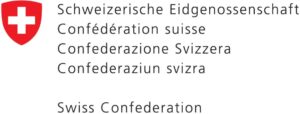
To view a PDF version of this resource, see below
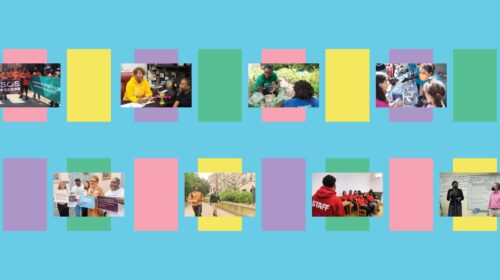
An Overview of Criminal Justice Reform in the United States
Oct 13, 2023
